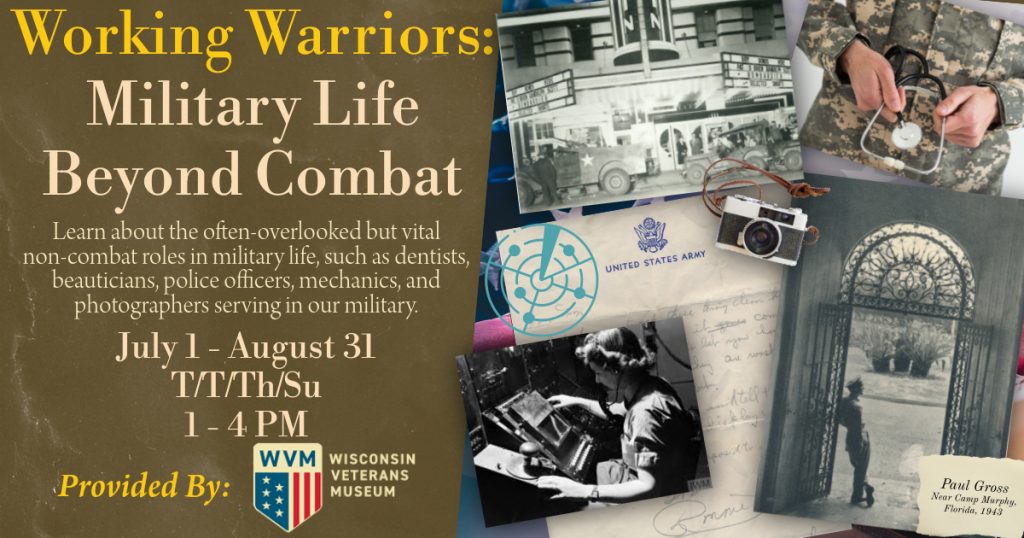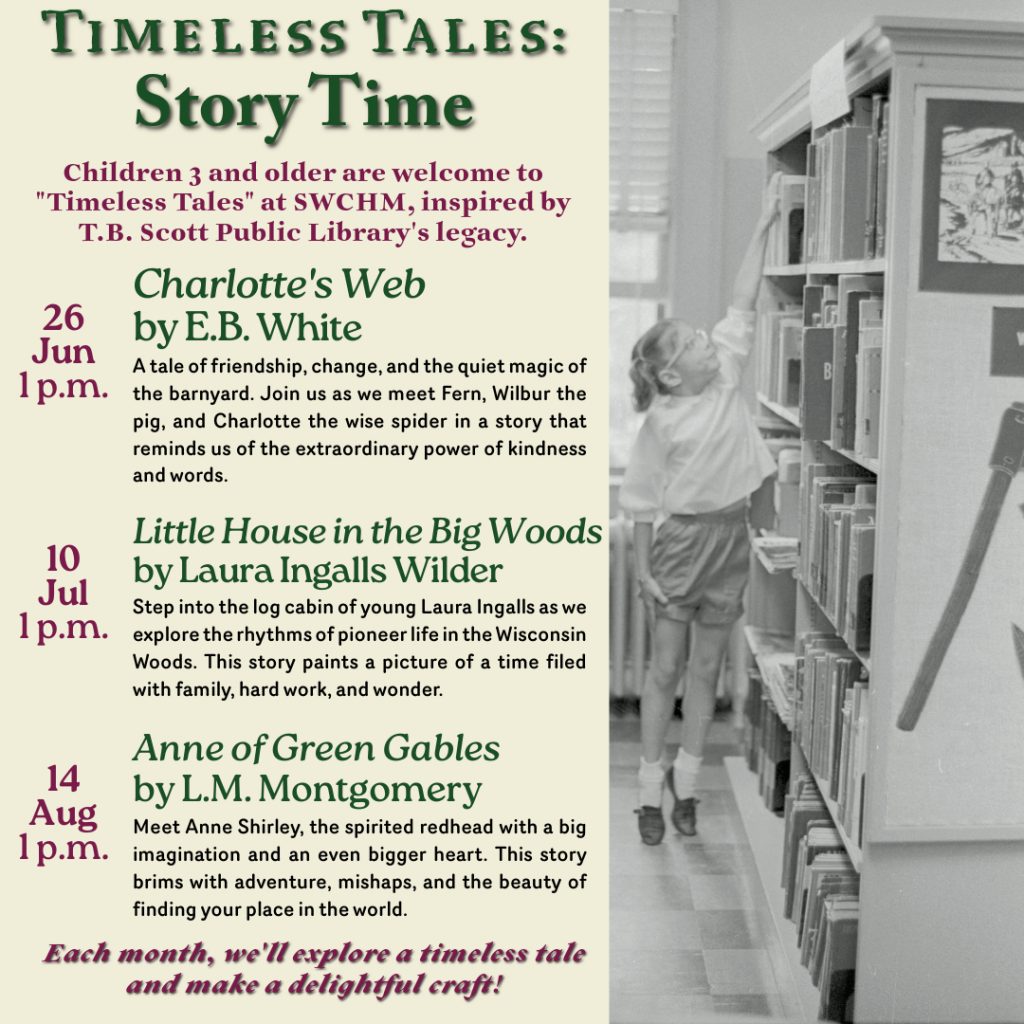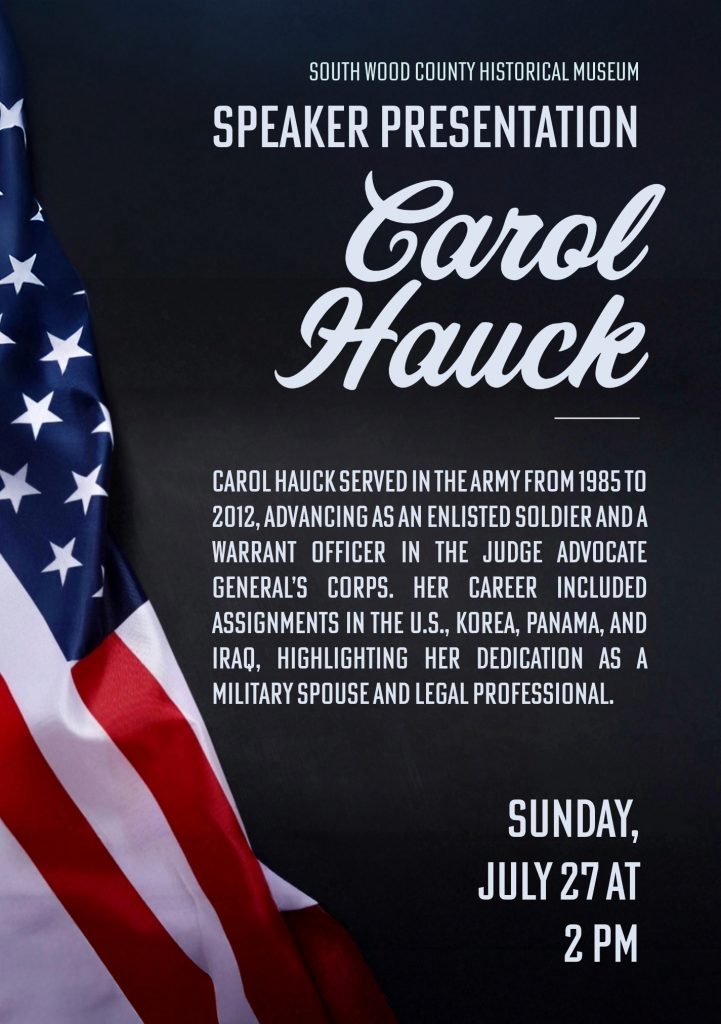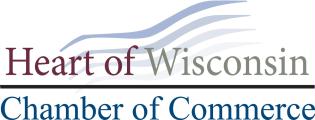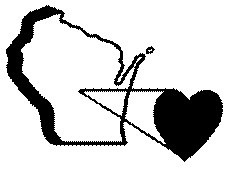In the early 1900s, Judge John Gaynor of Wood County, Wis., and a few other cranberry growers were looking for a better way to sell the Wisconsin cranberry crop. Up until this point, the growers were dependent on commission merchants, unscrupulous wholesale buyers of fruits and vegetables who rarely paid the producer what the crop was worth.
In 1906, this group of growers founded the Wisconsin Cranberry Sales Co. and hired Arthur U. Chaney, a wholesale grocer from Des Moines, Iowa, to sell the Wisconsin crop. Some of the first paper barrel labels were produced for the A.U. Chaney Co. and glued to the wooden head of a 100-pound barrel full of cranberries, replacing the use of medal stencils.
Chaney was so successful in selling the 1906 Wisconsin cranberry crop that he was able to convince growers from New Jersey and Massachusetts to join them in 1907. This led to the birth of the National Fruit Exchange. Within a couple of years, Mr. Chaney was able to successfully sell most of the nation’s cranberry crop.
By 1911, Chaney renamed his successful marketing group the American Cranberry Exchange, the second fruit marketing cooperative in the country, following the California citrus fruit growers’ organization.
By this time, Wisconsin cranberry barrel labels took on their distinctive red color, New Jersey cranberry barrel labels took on their own distinctive yellow and the Massachusetts cranberry labels, blue. The Massachusetts cranberry barrel labels also depicted many pilgrim or Thanksgiving themes.
In 1916, Chaney looked to a large advertising agency for help. The ad agency asked Mr. Chaney what he hoped to achieve through an advertising campaign and Mr. Chaney replied, “I would like people to eat more cranberries.” Thus the ad agency came up with the brand “Eatmor Cranberries.”
Beginning in the fall of 1916, the American Cranberry Exchange began marketing Eatmor Cranberries in ladies magazines such as Better Homes & Gardens, Good Housekeeping and Ladies Home Journal.
By the mid-1920s, the barrels full of cranberries were replaced by a wooden 50-pound box. The half- barrel cranberry labels were pasted on one end of the box.
The half-barrel boxes were rather short lived and were replaced by the quarter barrel box, filled with 25 pounds of fresh cranberries. The quarter barrel label was pasted on one end of these boxes and used from the late 1920s until the mid-1950s.
By the late 1940s, fresh cranberries were bagged and sent to market in one-pound high-density polyethylene (HDPE) bags. As of 2020, most of the fresh cranberries continue to be sent to market in plastic bags.
Wisconsin Quarter Barrel Labels – American Cranberry Exchange (Eatmor)
Wisconsin Quarter Barrel Labels – Ocean Spray
Wisconsin Quarter Barrel Labels – Independent
Massachusetts Quarter Barrel Labels – Independent
Massachusetts One Eighth Barrel Labels – American Cranberry Exchange (Eatmor)
Massachusetts Quarter Barrel Labels – American Cranberry Exchange (Eatmor)
Massachusetts Quarter Barrel Labels – Ocean Spray
New Jersey Quarter Barrel Labels – Independent
New Jersey Quarter Barrel Labels – Ocean Spray
Canadian Quarter Barrel Labels
West Coast Quarter Barrel Labels – Oregon & Washington
Wisconsin Half Barrel La(Eatmor)
Massachusetts Half Barrel Labels – Independent
Massachusetts Half Barrel Labels – American Cranberry Exchange (Eatmor)
Massachusetts Half Barrel Labels – Independent
Massachusetts Half Barrel Labels – American Cranberry Exchange (Eatmor)
New Jersey Half Barrel Labels – Independent
New Jersey Half Barrel Labels – American Cranberry Exchange (Eatmor)
Wisconsin Barrel Labels – American Cranberry Exchange
Massachusetts Barrel Labels – Independent

